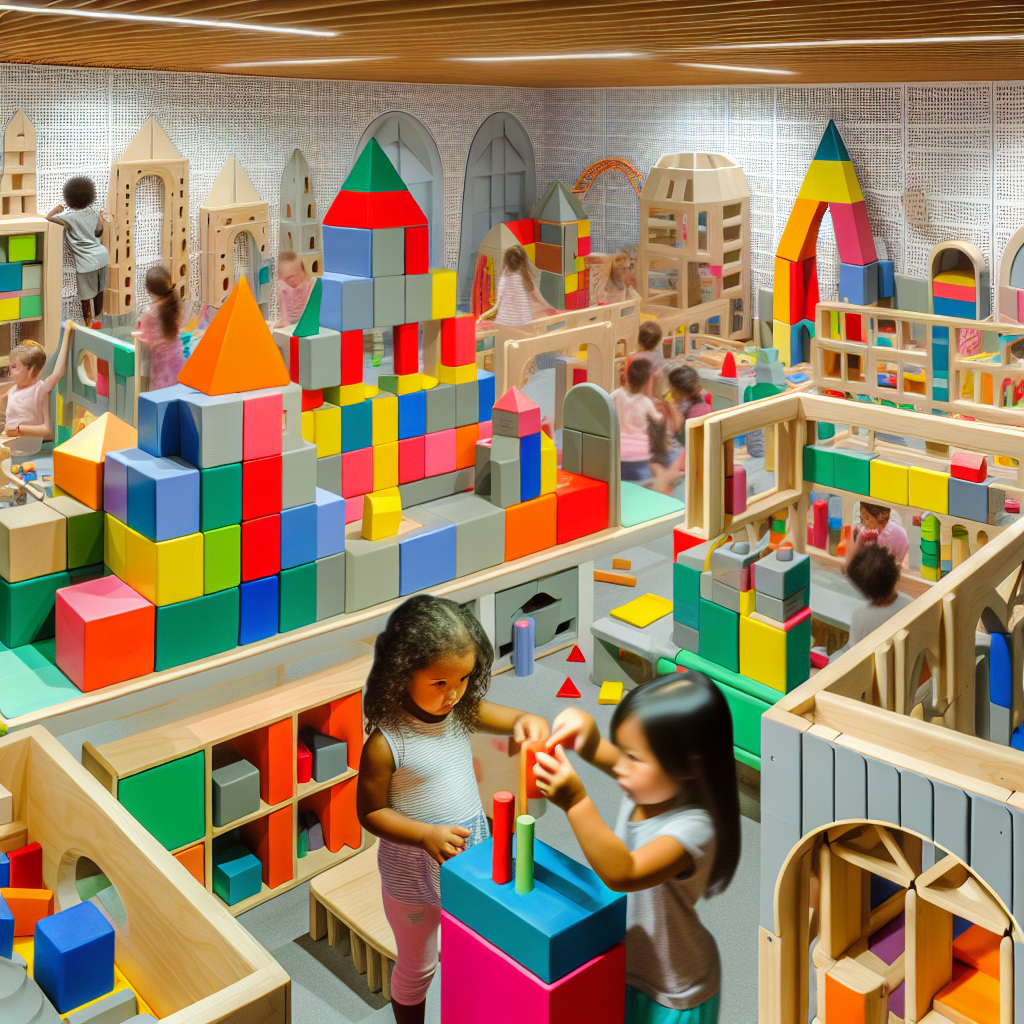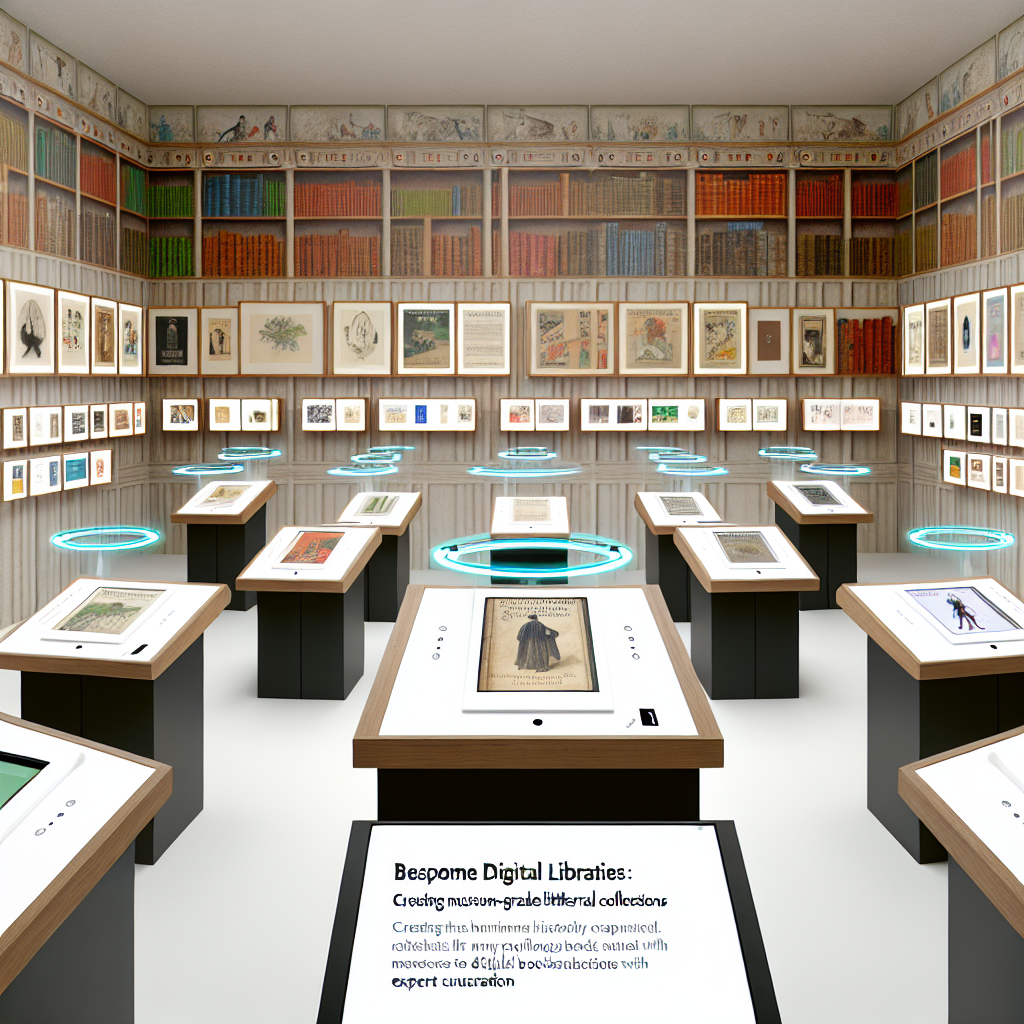Architectural Playsets Worth Inheriting: Building Design Thinking From Toddlerhood
A New Era in Luxury Parenting: The Rise of Intelligent Playsets
In today’s world of luxury parenting, cultivating a child’s mind starts long before school. It begins in a carefully curated playroom where even toys are chosen for their educational and developmental value. Increasingly, well-informed parents are turning to architectural playsets—elegantly designed toys that foster strategic thinking and creativity while blending seamlessly into high-end living spaces.
Not only are these sets visually stunning enough to serve as nursery décor, but they function as tools for early learning development. Skilled craftsmanship, premium materials, and design heritage elevate these toys beyond play—they are heirlooms and instruments of cognitive foundation building.
Design-Driven Toys That Inspire Creativity for a Lifetime
Unlike standard plastic bricks, today’s most sought-after building sets draw inspiration from iconic global architecture and design principles. Whether reflecting the precision of Bauhaus, the raw power of Brutalism, or the flowing lines of Organic Modernism, these playsets call on the architectural insights of visionaries like Frank Lloyd Wright and Tadao Ando.
These toys do not merely teach stacking—they coach the mind to think in blueprints. Through touch, movement, and experimentation, children begin to intuitively grasp sophisticated concepts like negative space, modularity, and material contrast. These lessons extend far beyond the nursery, forming a foundational understanding of design literacy that lasts a lifetime.
As your child matures, the complexity of their interaction with these playsets grows. A two-year-old may delight in balancing blocks, while a ten-year-old might build replica cityscapes, solve architectural challenges, or even create intricate floor plans, blending mathematical logic with personal artistry.
Beyond Entertainment: A STEAM-Powered Play Experience
High-end architectural playsets are more than just visual statements; they’re a springboard for STEAM learning—an educational model integrating Science, Technology, Engineering, Arts, and Mathematics. Each block, shape, and texture serves a developmental function: improving spatial reasoning, pattern recognition, and fine motor skills while reinforcing foundational engineering and artistic principles.
Many of these playsets are the product of independent studios and globally recognized designers spanning Germany, Japan, and the United States. Crafted from sustainable hardwoods and finished with non-toxic materials, collections from leading brands like Grimm’s, Areaware, and Kiko+ & gg* marry cleaner aesthetics with environmentally conscious design.
This fusion of form and function signifies a growing trend in eco-luxury educational toys—a new standard of sustainability and intentionality for the design-focused household.
Brains in the Making: What Research Says About Spatial Play
The developmental value of open-ended construction play is strongly supported by educational psychology. Dr. Doris Bergen, Professor Emerita of Educational Psychology at Miami University, notes:
“When children engage with complex building materials, they’re not just building objects—but building their brains.”
— Dr. Doris Bergen
Supporting this, a 2020 study by researchers at the University of Delaware revealed that children actively involved in spatial construction play scored significantly higher in early math, geometry, and logical reasoning. These skills serve as precursors to advanced cognition required in engineering, computer science, and innovation-driven careers.
Furthermore, a comprehensive 2018 report published in Early Childhood Research Quarterly concluded that block-based construction play significantly enhances executive function—including working memory, focus control, and strategic thinking. These are essential for future-ready children who will lead through complexity and invention rather than rote knowledge alone.
Design-Based Learning: Preparing for a Creative-Forward Future
Design-Based Learning (DBL), a methodology endorsed by organizations like the International Society for Design and Development in Education (ISDDE), positions kids as problem solvers and creators from day one. These hands-on learning models use open-ended design challenges to build not only subject mastery but confidence and curiosity.
Architectural toys naturally fit within this framework. With each new arrangement, child architects engage in micro-experiments that simulate real-world design thinking. They face structure failures, learn balance through trial, and iterate their ideas until stability emerges—lessons in resilience baked right into everyday play.
According to Professor Mitchel Resnick of the MIT Media Lab:
“Creative play helps children grow into adults who are confident and creative problem solvers.”
— Prof. Mitchel Resnick
This reinforces the belief that aesthetics-based toys are not only about teaching design—they’re about building the creative executive functioning required in tomorrow’s world.
Investing in Creativity: A Legacy of Innovation
Timeless, durable, and conceptually rich, architectural playsets are not fleeting trends—they are investments in design intelligence. They instill in children the foundational principles of creativity, logic, and spatial fluency. Just as a parent might pass down a watch or a vintage handbag, so too can a cherished wooden playset become a symbol of intergenerational values: imagination, innovation, and intellectual curiosity.
For families who value thoughtful curation and forward-thinking education, these pieces are more than just toys. They are tools for consciousness-raising—objects that awaken design patterns, shape abstract reasoning, and prepare young minds for a world where creative intelligence reigns supreme.
Whether displayed on a designer bookshelf or scattered across the floor in a moment of genius, architectural playsets remind us that the seeds of brilliance are sown not only in classrooms—but in the living spaces of the home.
References
- Doris Bergen, PhD – The Role of Pretend Play in Children’s Cognitive Development
- Simoncini, K., & Lasen, M. (2018). Building Blocks: The Impact of Construction Play on Cognitive Development
- Spatial Skills, Block Play, and Children’s Engineering Thinking – University of Delaware
- International Society for Design and Development in Education (ISDDE)
- Lifelong Kindergarten by Mitchel Resnick – MIT Media Lab
- Grimm’s Spiel & Holz Design
- Areaware Toys
- Kiko+ & gg*

Dominic E. is a passionate filmmaker navigating the exciting intersection of art and science. By day, he delves into the complexities of the human body as a full-time medical writer, meticulously translating intricate medical concepts into accessible and engaging narratives. By night, he explores the boundless realm of cinematic storytelling, crafting narratives that evoke emotion and challenge perspectives. Film Student and Full-time Medical Writer for ContentVendor.com



